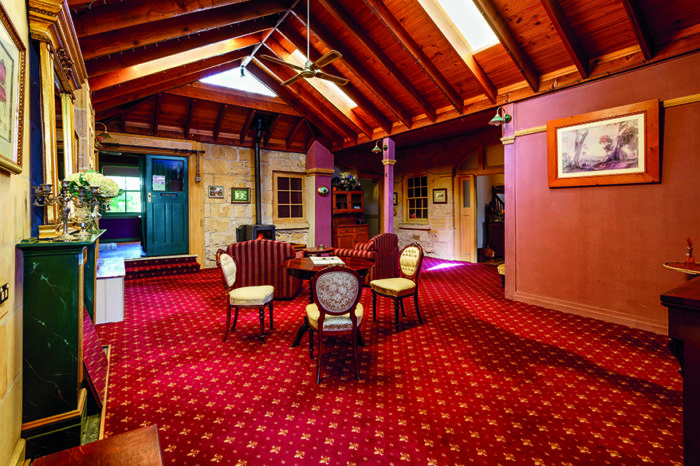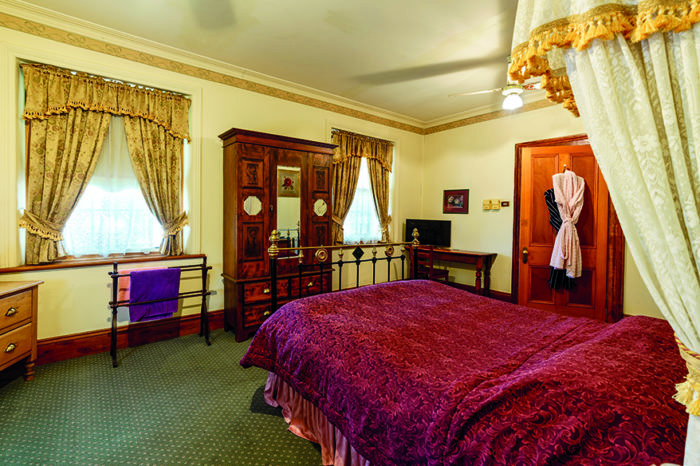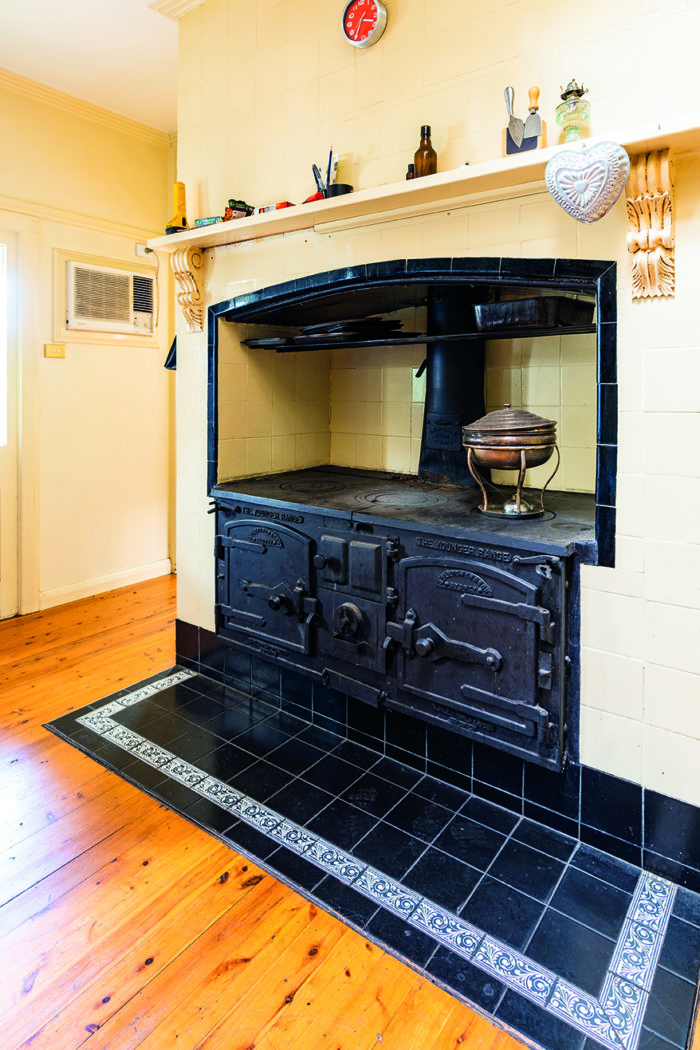Set in solid stone
The Segenhoe Inn in Aberdeen claims to be Australia’s oldest colonial accommodation.
It is also testament to Thomas Potter Macqueen’s high-flying endeavours.
Almost two centuries ago, in 1823, Bedfordshire born politician Thomas Potter Macqueen successfully applied for a 20,000-acre land grant in New South Wales, more than a decade before he would first set foot on Australian shores. He was so impressed by the prospects of rural settlement in Australia that he developed a detailed plan to encourage English landowners to buy land in the colony and to employ convicts on their own account to work the land and to build infrastructure. It was Macqueen’s solution to the pervasive poverty and unemployment in Britain at the time.
He appointed Scotsman Peter McIntyre as his overseer and sent him off on two chartered ships, the Hugh Crawford and the Nimrod, along with a substantial party of mechanics, farmers and shepherds, equipped with farm machinery, provisions, sheep, horses and cattle. They reached Sydney harbour on 7 April 1825 and, on Macqueen’s behalf, McIntyre chose land in the Upper Hunter, naming the property Segenhoe after his employer’s birthplace. It was the first party of free emigrants arriving in New South Wales.
McIntyre oversaw the clearing of the land and the building of huts, fences, farm buildings and even a hospital. In the five years between his arrival in the Valley and him handing over the reins to his successor, Hamilton Colden Sempill, frequent newspaper advertisements spruiked the estate’s fine young Durham bulls, the services of the newly erected flour mill (“grounding at 15 pence per bushel of wheat”) and of Crawford, a thoroughbred stallion imported from England (“a small number of mares only will be taken”). Segenhoe was now housing 160 convicts, one of the largest contingents in New South Wales, with many of them later becoming tenant farmers on the estate.
By 1831, Macqueen had lost his seat in parliament and had sold his English estate to the Duke of Bedford. He arrived in Australia in 1834 and commissioned the residence that is today known as Segenhoe Inn. It took convict labourers three years to complete the impressive sandstone building. In a letter to NSW Crown Solicitor Francis Fisher, Macqueen wrote “The Inn is now being roofed in – it will cost about 100 pounds more in window glass, ironwork for doors, nails etc. and perhaps 200 pounds for labour – but it is the best building of the sort in the colony – it is of solid stone two feet thick.”




With five bedrooms, one small and two large parlours, a landlord’s family room, and two upstairs dormitories for the male and female servants, it must have offered the ultimate luxury at the time. For his mistress, notorious Madame Ramus, Macqueen even imported two marble baths from Italy for her daily milk baths.
For more mundane uses, there was a detached kitchen, a tap room and a storeroom. The building was surrounded by a 30-acre paddock of pasture and a 10-acre paddock for green barley for the horses.
Macqueen also requested that a village be laid out adjacent to his estate. Upon his suggestion it was named Aberdeen to honour George Hamilton Gordon, 4th Earl of Aberdeen and to acknowledge the numerous Scottish landowners who took up early land grants.
Macqueen lived at Segenhoe for four years before selling his stock, leasing the property and returning to England.
The prestigious residence first became an inn in 1839 with licensee Ralph G. Martin calling it the Aberdeen Inn. By 1840, Philip W. Wright had taken over, changing the name to The Bullock Driver’s Arms. William I. Gardner bought the property in 1854 and from 1856, Aberdeen’s first post office was opened on the premises with Gardner the first postmaster. In 1859, Gardner turned the inn into a private home, but failed to keep it up properly. He finally carried out much needed renovations and re-opened it as the Segenhoe Hotel in 1891, just in time for the Australian Meat Cutting and Freezing Company setting up shop in Aberdeen, which employed 200 workers. For many years, the Segenhoe Hotel was a landmark on the Old North Road, a centre of social life and a haven for the traveller.
Read more about Segenhoe Inn in the Spring issue of Hunter & Coastal Lifestyle Magazine or subscribe here.
Story by Cornelia Schulze, photography by Joshua Hogan

